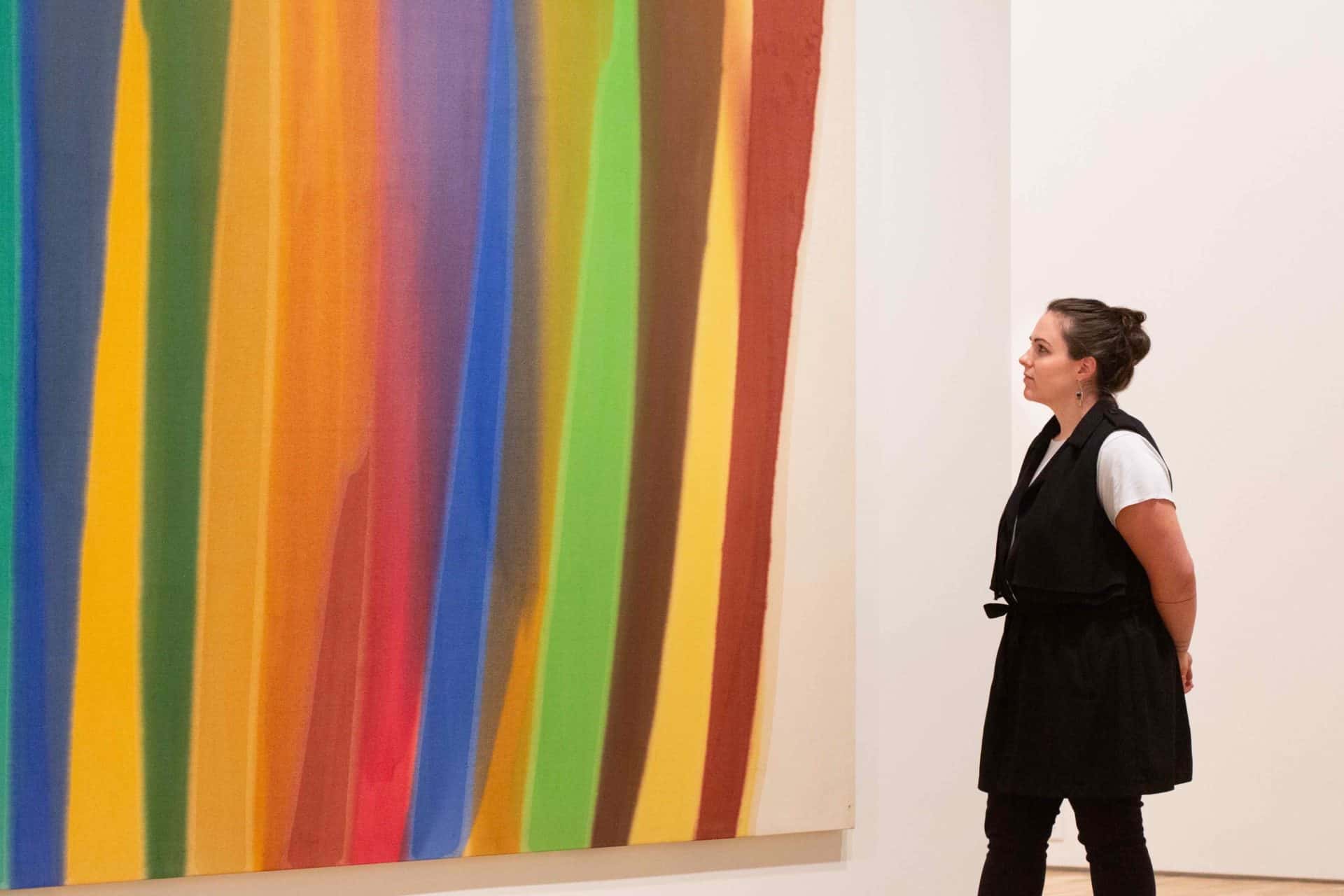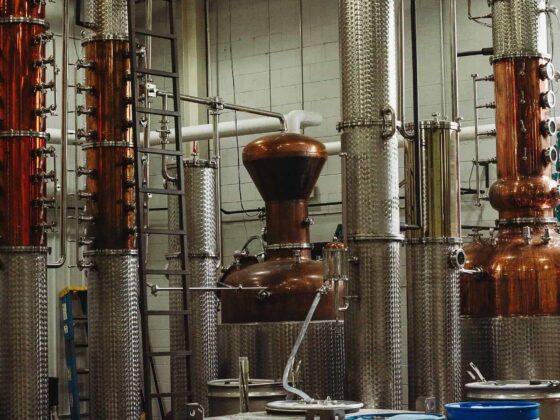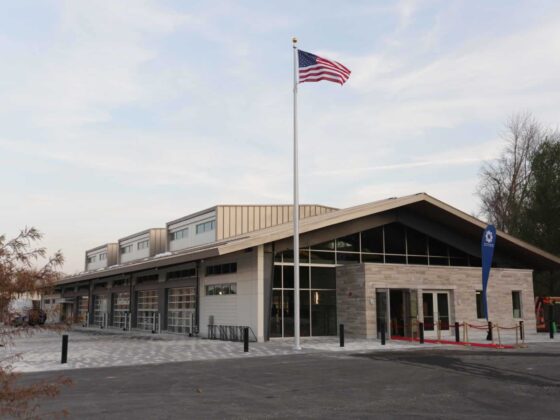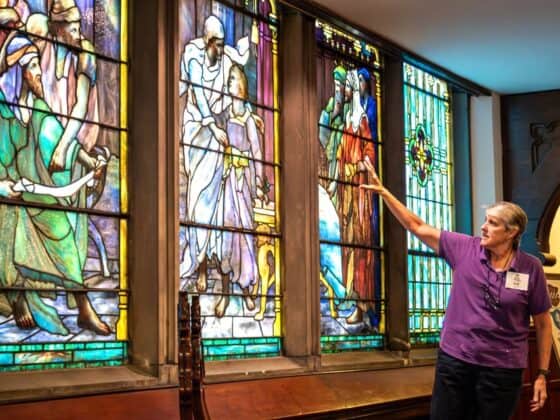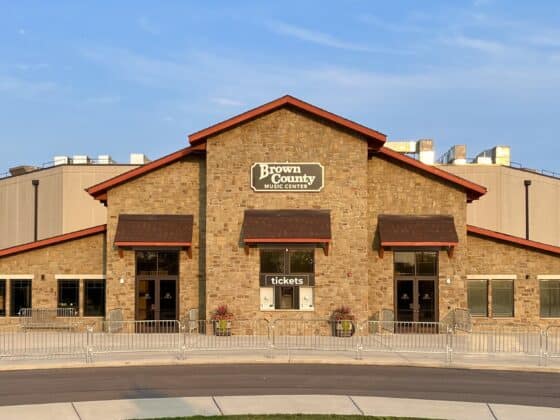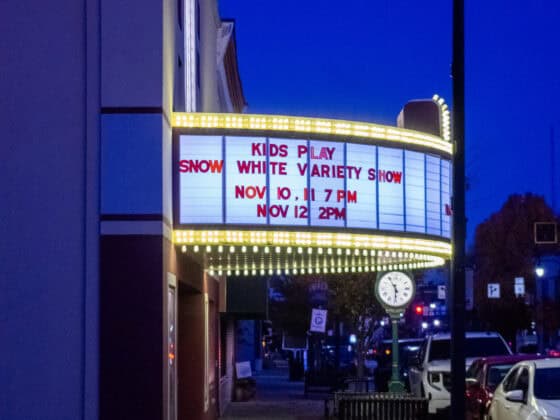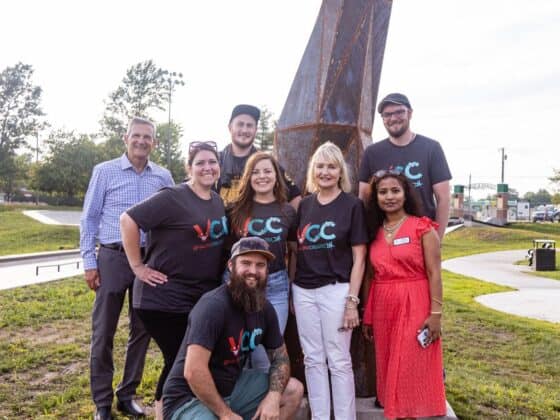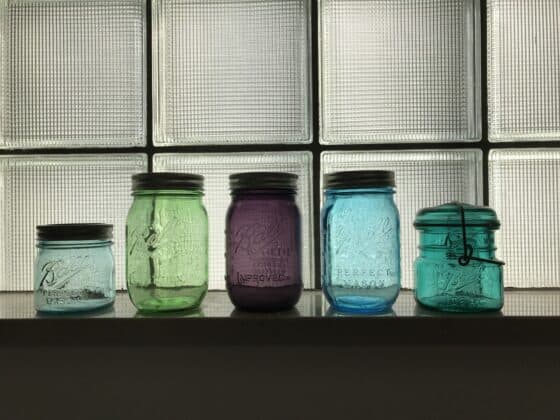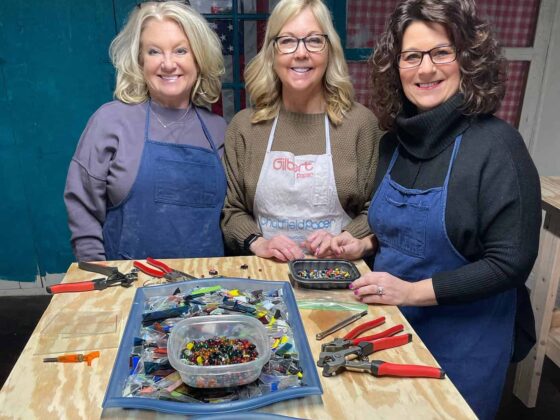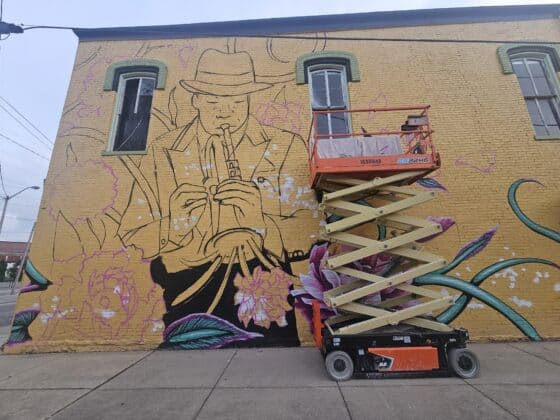Story by Cathy Shouse
If one picture is worth a thousand words, then the art, objects and architecture of the newly restored Sidney and Lois Eskenazi Museum of Art at Indiana University in Bloomington ought to take many sentences to describe. But Tony Moravec has latched on to just one word: spectacular.
Moravec should know. The Columbus business man and his wife, along with numerous individuals and organizations involved in the project, have invested their time, money
and energy for more than a decade to see their vision come to fruition. They traveled in teams to places from Chicago, Illinois to Venice, Italy, and countless places in between. Museum and cathedral visits ensued. Conversations took place. All for the purpose of gathering the best of the best and bringing it back to our state. Plus, the doors are now opened to the public free of charge.
“I would say it’s one of the top museums in the country today, because of the restoration and the collections it holds,” Moravec said. “We’ve involved world class architects like I.M. Pei. The collection is magnificent. Jewelry collections, book collections
. . . . There are surprises at every turn. Paintings, drawings, pottery…”

Moravec first was invited on board for his business talents and was an admitted art novice. Along the way, he became so drawn to art that he started his own notable collection, with an emphasis on the Venetian master Domenico Tiepolo, whose works are also in the IU museum. He’s also particularly interested in works of Bible stories. Moravec’s influence helped the museum get on track for a bright future. It’s on the way to surpassing
its fundraising campaign goal of $60 million. Moravec’s life has been so enriched by working on the project that in conversation, he’s clearly on fire with enthusiasm for restoration, funding student scholarships, and delving into art as a creativity starter. In the pharmaceutical industry, he’s a founder of Applied Laboratories, Inc. and president of Blairex Laboratories, Inc. To some degree, he credits forays into becoming a principal of Upland Brewing Company, a growing craft beer venture, as well as his approach to owning Zaharako’s Ice Cream Parlor and Museum in Columbus.
“I grew up very humbly, one of ten children,” he said. “We were lucky to have our basic needs met.”

So coming to art later in life has been important to him. He’s a bit star struck as he remembers buying some important works through successful bids he made in the middle of the night while on an Alaskan cruise with his large family.
He’s hopeful museum visitors’ lives will be changed just as his has been.
When Morevec and his wife Rhonda attended the museum’s reopening, another word came to mind: gratitude. Their names are on an approximately 1,500 square-foot gallery featuring Works on Paper. The papers in the exhibit are rotated in and out because they are sensitive to light.
The restored museum is a gift to the state and beyond. The act of putting the restoration together has changed those involved, and they are passionate about sharing their discoveries with visitors. Whether in town for an hour or for a couple of days, they feel a visit will be time well spent.
Details about the museum’s extensive offerings are all online at www.artmuseum.indiana.edu. There are First Thursdays that feature everything from live music to wellness programs and spotlight the museum as a place of social, cultural, and artistic exploration. Unique to the museum is an art therapist, who offers 90-minute sessions in an open studio format. One goal is to help Hoosiers in rural areas experience art.
“We’ve had a great response,” said Kristin Londergan, marketing and communication coordinator for the museum. “We have 45,000 objects in our collection! Not all of these are on display, but we do have seven galleries of art here at the museum. We also have new study and object viewing rooms where you can request to see art in storage.”
All of this reflects Moravec’s intention of giving back to the state he calls home. “A philosophy of mine is leaving something of value for future generations,” he said.


